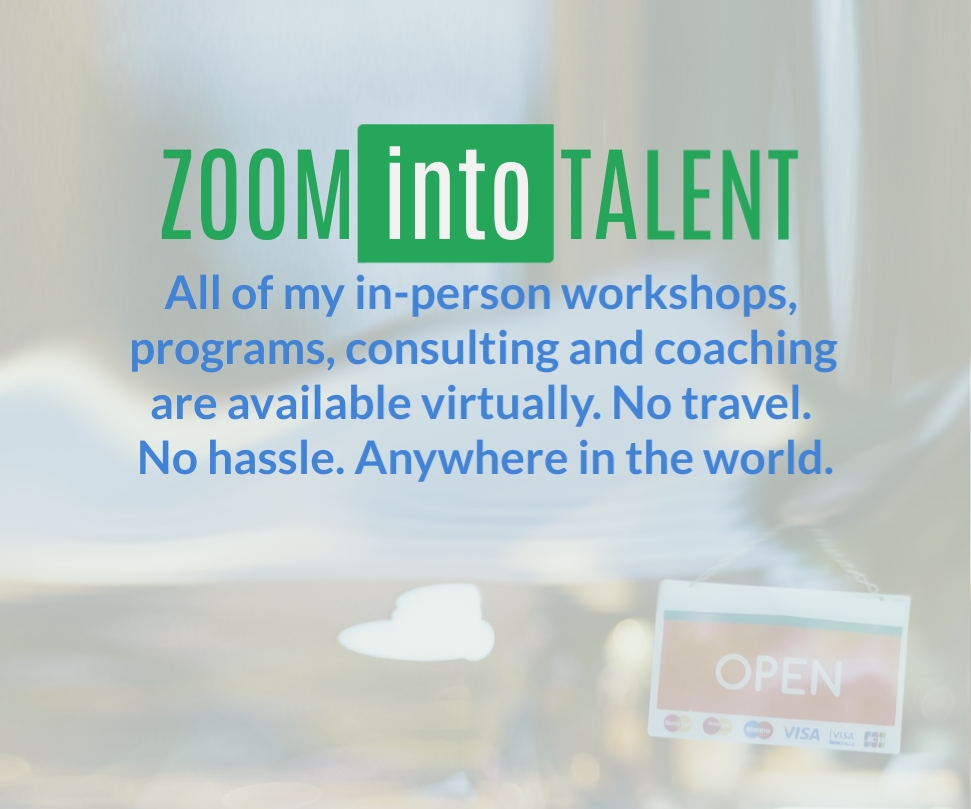The thing we think about when buying podcast gear is the microphone. But punch the word “microphone” into Amazon and you’ll be assaulted with a confusing array of options.
Article in Brief
- Knowing your way around different types of microphone
- Choosing a microphone for your studio
- Choosing a microphone for your outdoor recording
A lot of people ask me to recommend a microphone for the podcasts. Others tell me the brand of microphone they’re using hoping I can confirm it was a good choice.
There are so many good microphones to choose from that getting the right one can be confusing. So here’s a little background on microphones to help you make the right choice.

Do not use headset mics to record voice overs or podcasts
Avoid Headset Microphones
Before we get into what makes a good microphone, a word of caution. Avoid headset microphones and buy a mic designed to make you sound good. It won’t cost you much more than a headset mic.
Headset microphones are great for Skype and gaming but not podcasting. That’s because the diaphragm is in an awkward position for the mouth and is usually poor quality.
Only when you spend hundreds of dollars on broadcast headsets will you get the dynamic response that makes you sound natural, rather than muffled and tinny.
Many headset now come with noise cancellation features which further distorts the natural tone of your voice and robs you of being able to sound natural.
(The best method of noise cancellation is to avoid microphones with this technology and record in a quiet room. I kid you not.)
Dynamic Versus Condenser
Your first “mic buying” choice is opting for a dynamic or condenser microphone.
What’s the difference?
Microphones convert sound waves into electrical pulses. The electronics used to do this is different in dynamic and condenser mics.
With dynamic microphones, sound waves are turned into electrical pulses by way of a magnet. Condenser microphones do this using a capacitor. So what?
A capacitor needs power. So your microphone will need either a battery or external source of power called Phantom Power. (Phantom power is simply a feed of power from the mixing desk.)

Opt for a studio condenser microphone
What Mic for your Studio?
At RML, we recommend that you record use a condenser microphone. It’s a little more fragile than a dynamic but far more sensitive to bringing out the best in your voice.
There are several types of condenser mics to choose from. Podcasters are best served by what’s known as a large diaphragm studio condenser microphone.
Opt for a USB Mic
Behringer and Samson are two manufacturers that offer large diaphragm studio condenser microphones for between $50 and $70.
Neumann have nice models too but they’ll cost about $800 and the only person who will know the difference on your podcast is your accountant.
You’ll need to power the microphone, either with batteries or phantom power. Although there is now a way around this.
Berhinger, Samson and most manufacturers both manufacture a USB studio condenser that plugs straight into your computer. The computer powers it for you. They’re priced between $50 to $70.
What Microphone for Outdoors?
If you are using a portable audio recorder, buy a handheld dynamic microphone.
You won’t need to mess with power and batteries when you are away from your desk when you use a dynamic. Furthermore, dynamics tend to be more robust, not that you want to drop it or anything.
Depending on the audio recorder you plan to use, you’ll need to be sure the microphone has the right plug.
If you’re using an entry level audio recorder, your mic will need a mini-jack plug like the jack on your iPod earphones.
A professional audio recorder will need a mic that has an XLR jack on it.
If you’re using an app on your smart phone, you’ll need a microphone designed for smart phones that has a three ring plug.
Choosing the Right Microphone
As you plan your podcast studio, consider whether a dynamic or condenser mic will work for you.
Then, think through whether a USB mic is easier for you. But whatever you do, don’t fall victim to the headset microphone.
If you want some advice on choosing your next mic, check out the media gear section on this website.
This article was originally published in London in 2006 on Podcasters Portal.
![]()

![]()









Comments are closed.